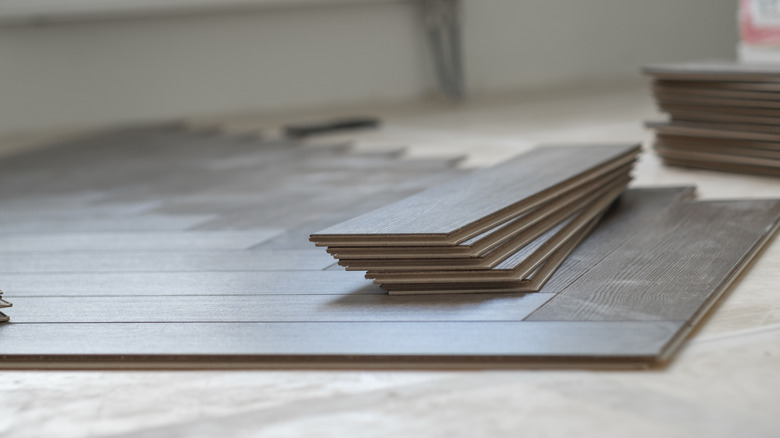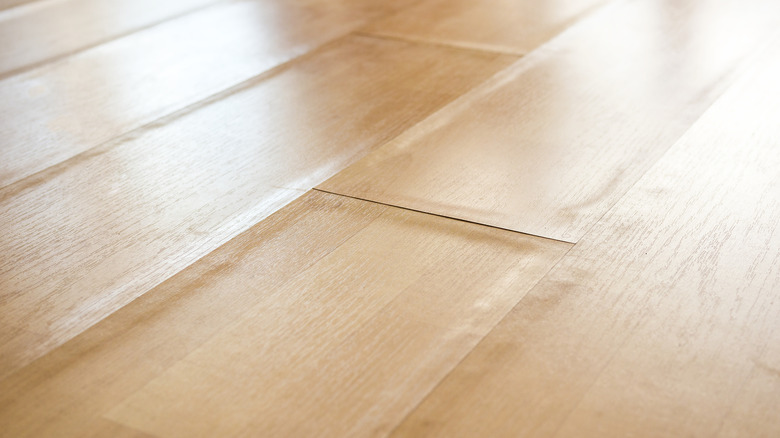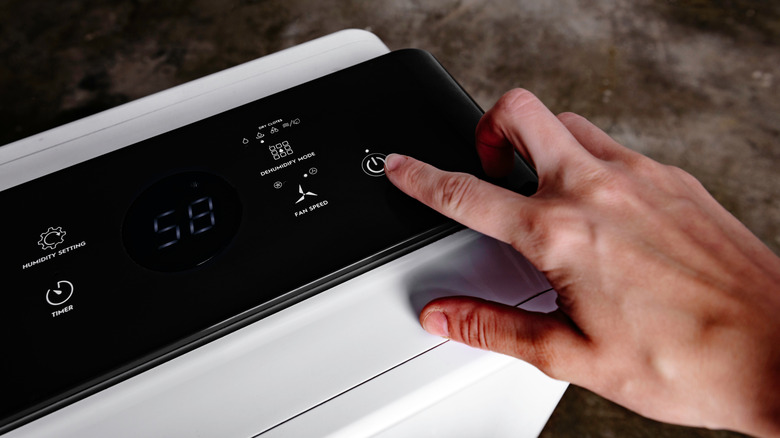The Flooring Storage Mistake That Is Actually Causing Damage (& What To Do Instead)
We may receive a commission on purchases made from links.
Most homeowners think they've nailed it when they slide those boxes of flooring into the garage for safekeeping. It's out of the way, there's space to stack them neatly, and hey, it's not like they're sitting in the rain, right? But what feels like a smart garage storage move might actually be setting you up for a renovation disaster. Storing hardwood, vinyl, or laminate flooring in a garage, especially one that's not climate-controlled, is one of the most common and costly mistakes people make.
Temperature swings, humidity, and poor ventilation wreak havoc on these materials. They can warp or swell before they ever see the inside of your living room. By the time you're ready to install, your "new" flooring might already be damaged beyond use, and most people don't realize it until it's too late. Manufacturers often won't cover it either since improper storage voids warranties. So, while the garage might seem like a convenient holding spot, it's the exact place your new flooring starts to fail.
Why storing flooring in the garage can ruin it
Hardwood and laminate flooring are particularly sensitive to their surroundings. Before installation, they need time to adjust, or acclimate, to the temperature and humidity of the room they're going into. Storing them in the garage disrupts acclimation and also puts them in an environment that actively works against them. Garages are rarely insulated or climate-controlled. One day it's damp, the next, it's baking hot. This rollercoaster of temperature and moisture fluctuation confuses the flooring material and forces constant expansion and contraction. If you do eventually bring it inside, you'll have to restart the acclimation process (if the damage hasn't already been done).
Vinyl plank flooring, despite its reputation for being durable, is no exception. In extreme heat, its core layers can soften and warp. This causes planks to curl or discolor before they ever meet a subfloor. And while vinyl might resist water once installed, its edges and backing are vulnerable in storage. Garages also come with invisible risks, including airborne dust, motor oil fumes, chemical residue, and pests. These can stain or eat away at the protective layers of your flooring. Even worse, they may introduce smells and stains that won't disappear. Even seemingly sealed boxes aren't immune.
What you should do instead
If you choose to place hardwood flooring in your garage, use a hygrometer to monitor humidity. You can easily find one for around $10, like the ThermoPro TP50 Digital Hygrometer. Ideally, the humidity levels should be between 35% and 45%. If it dips too low in winter or spikes during humid months, bring in a humidifier or dehumidifier. Also, avoid stacking the boxes right against walls or on bare floors. Raise them slightly off the ground using pallets or a clean, flat surface. Make sure you also keep them sealed in their original packaging until you're ready to acclimate them in the installation room.
For laminate, storage is all about stability. Keep the boxes sealed and away from windows, vents or any spot that gets direct sun or drafts. If you have no choice but to store them in a less-than-ideal area like the garage, try to minimize exposure. Open the garage door as little as possible and watch for signs of critters or condensation. Installing a basic garage door insulation kit can also help stabilize indoor conditions and reduce the impact of extreme outdoor temperatures.
Vinyl flooring needs similar treatment. Choose a clean, dry indoor area, never near exterior walls or places prone to dampness. Ideal conditions are somewhere between 65 and 80 degrees Fahrenheit , with humidity in the 40% to 60% range. Also, keep the vinyl rolls upright. This will help prevent creasing or other storage-related damage before installation.


